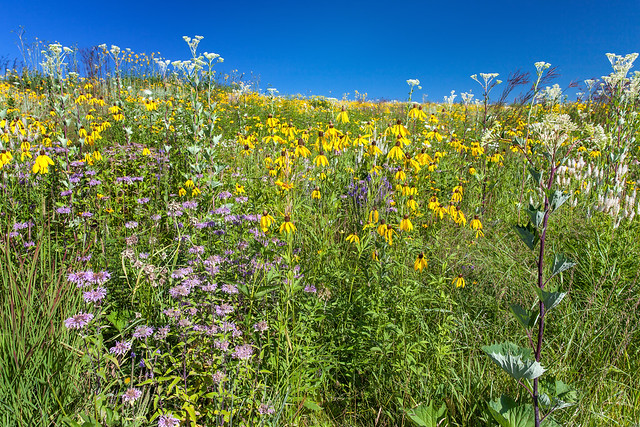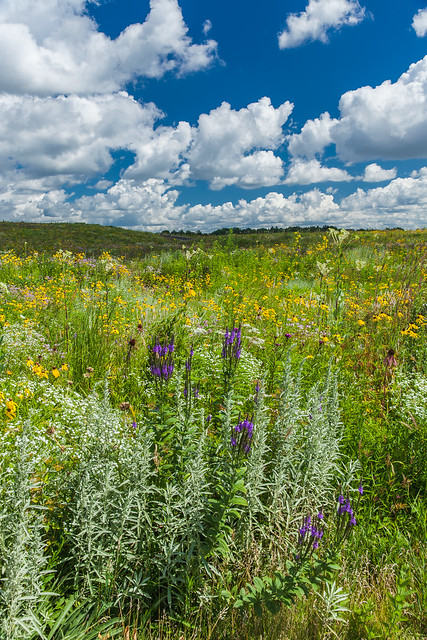
Cheap Tramadol Online July Prairie Flowers © 2014 Bo Mackison
https://www.petwantsclt.com/petwants-charlotte-ingredients/ …In early stages of its growth, the grass is interspersed with little flowers, the violet, the strawberry blossom and others of the most delicate structure. When the grass grows higher, these disappear, and taller flowers displaying more lively colors, take their place; and still later, a series of still higher but less delicately formed flowers appear on the surface.” Captain Basil Hall, 1827
Thimbleweed, milkweed, tickseed, spiderwort, rattlesnake master, yellow coneflower, black-eyed susan, butterfly weed, bergamot, rosinweed, compass plant…
Nothing fancy about most of these names – common household names. Tick, milk, thimble, cone, black eye, compass, butterfly, seed, weed.
But there is everything wild and fancy about the prairie itself.
The tall grass prairies of the eastern range are far different from the short grass prairies of the plains. I seldom think prairie when I drive through the plains in Oklahoma, Kansas, eastern Colorado — I think grasslands when I see shortgrass prairie — hard to find, nearly extinguished, maybe 3% of the grasslands from the 1800s remain.
But those that have survived, mostly in the Flint Hills of Kansas, those are the wide undulating grasses of which the poets once wrote with eloquence, and the land that sent despair through European settlers who spoke of the eerie sounds of the relentless winds.
The eastern range of prairie – the tallgrass prairies which receive the most rainfall of all prairie types – are those I know.
Replete with thick stands of grasses and flowers, these prairies are nearly impossible to wade through in July and August when the tallest of both are in full bloom. Matted thick, no space left untouched. It takes perseverance and a disregard for claustrophobia to walk in the midst of tall prairie.
And never mind that you are trampling plants and grasses as you step if this is a remnant or one of the first restorations from the 1930s/40s and long established — this is one of the very factors that made the prairie what it is, the constant trampling by animals. These are plants that rebound, no matter if the visitor is man, animal, wind, or fire.
These plants continue to thrive — as long as you don’t cultivate the earth itself, and destroy their roots.
Without a complex knowledge of one’s place, and without the faithfulness to one’s place on which such knowledge depends, it is inevitable that the place will be used carelessly and eventually destroyed. ~ Wendell Berry (1972)
The undisturbed prairies are bountiful. A third to a half of all the plants are forbs, the flower producing plants, and attract vast numbers of pollinators. New species of flowers – perhaps as many as 17 new plants each week from mid July through mid August – come into bloom.
This is the tall grass prairie, and what a wild and precious habitat it is…








Wow. Wow, wow, wow. I’ve only seen one prairie in bloom – Prairie Grove Glades in northwest Alabama, a Nature Conservancy preservation. But it’s vastly different than the prairie you reveal here. Prairie Grove Glade is low growing, with large flat limestone outcroppings and endangered wildflowers. But this – this wild, waving, wooly tall grass prairie is a whole different thing. I love the names of flowers, the untidiness and lack of form and structure. It’s no wonder you lose yourself in that swatch of color and action. Wow.
I learned a lot from reading this, Bo. I am a New Englander and haven’t really spent time in the parts of the country you are talking about so I haven’t seen prairies. I have only read about them.
I love the image of you walking through these amazing prairies of colors and am reminded of Dorothy in the field of poppies.